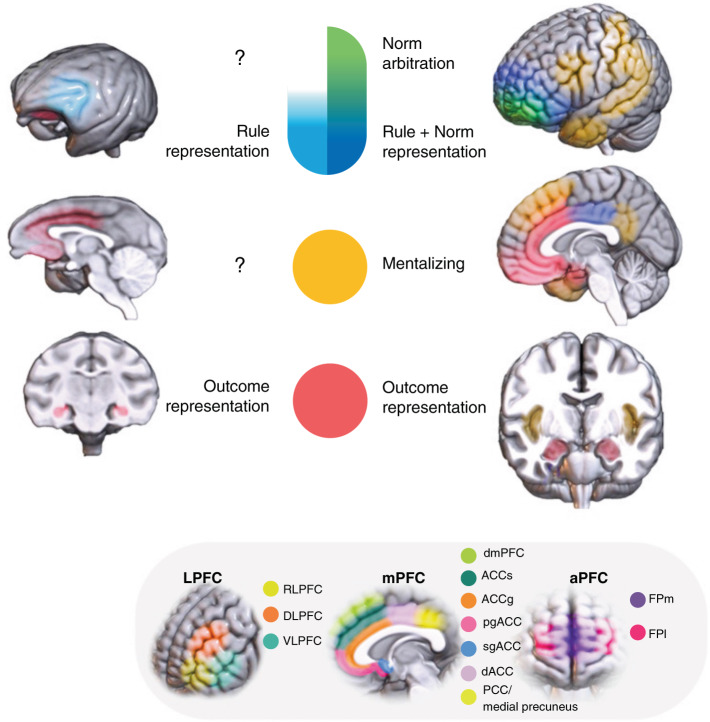Fig. 1. Brain networks for human cooperation and functional homologies in primates.
We highlight four brain networks that play complementary but distinct roles in human cooperation, with the functionally corresponding regions in the brain of nonhuman primate depicted where applicable. An outcome representation network encodes motivationally salient outcomes for self and other and encompasses ACC, dmPFC, amygdala, lOFC, and vmPFC. A second network is recruited during mentalizing, a collection of structures including ACC, dmPFC, pSTS, temporal sulcus, temporal pole, TPJ, medial precuneus, and PCC. A third network is activated when a norm is represented and coordinates the outcome values for self and other. This encompasses the regions of dlPFC, dACC, inferior frontal gyrus, and anterior insula. A fourth network is proposed to be engaged in cooperative norm arbitration and encompasses anterior prefrontal regions including FPC and alPFC. We note that some functional correspondences between humans and nonhuman primates have not been adequately explored to make a firm conclusion, which are denoted by question mark. The specific regions of prefrontal areas we focus on are labeled to clearly identify the distinct roles of subregions reported in previous works.

